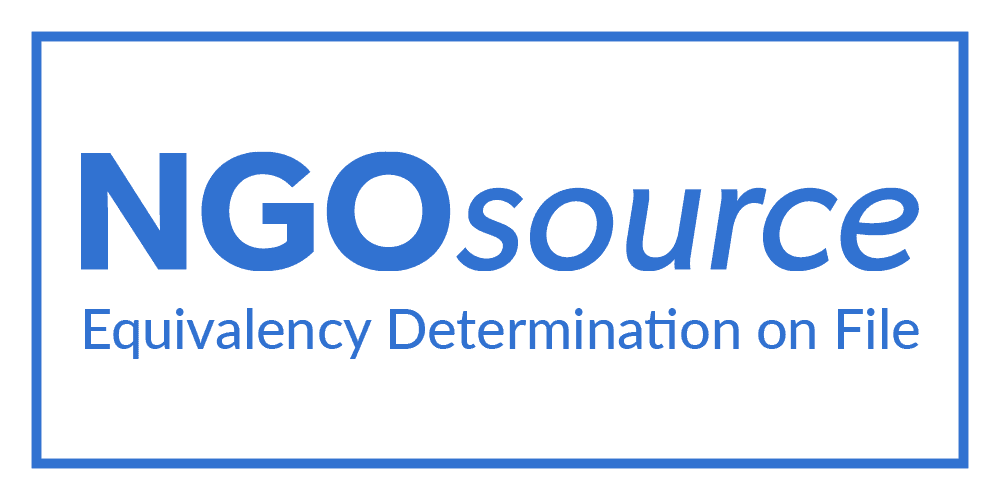MAP Zambia
From 2009 to 2015 the proportion of adults, financially excluded from any financial service, decreased from 63% to 41% in Zambia, which exceeded the Zambian government‘s national target of 50%. In 2015, more than 14% of these adults used mobile money services, whilst the largest growth was in the use of banking services – from 14% of adults in 2009 to nearly a quarter of adults in 2015.
However, much of this growth hid the reality for the majority of adults in Zambia who had yet to reap the full benefits of financial inclusion. Recognising the need to deliver on the broader potential of financial inclusion, the government of Zambia wished to develop a financial inclusion strategy as part of the continuation of their financial sector development plan and to support Zambia’s progress towards the UN’s sustainable development goals.
In 2017, MAP Zambia conducted a financial inclusion diagnostic with Financial Sector Deepening Trust Zambia (FSDZ) in partnership with the Bank of Zambia and Ministry of Finance, to provide relevant information and appropriate recommendations on the market for financial services that can inform their strategy going forward.
MAP Zambia explored a number of important data sources, including 2009 and 2015 FinScope surveys, a geospatial mapping exercise, financial diaries, industry reported data from the central bank and interviews with regulators, financial service providers, and consumers throughout Zambia, to find out what their needs, concerns and challenges are in providing or using formal and informal financial services.
Download the diagnostic report
Download the presentation on the key findings
